6 Dog Breeds That Never Seem to Stop Barking
Certain breeds bark as a way of using their body language, an ongoing response to any change in their surroundings. That might mean constant updates about passing cars, distant footsteps, or unexpected activity inside the house.
Here are the breeds most likely to turn your quiet home into a daily soundscape.
Beagle
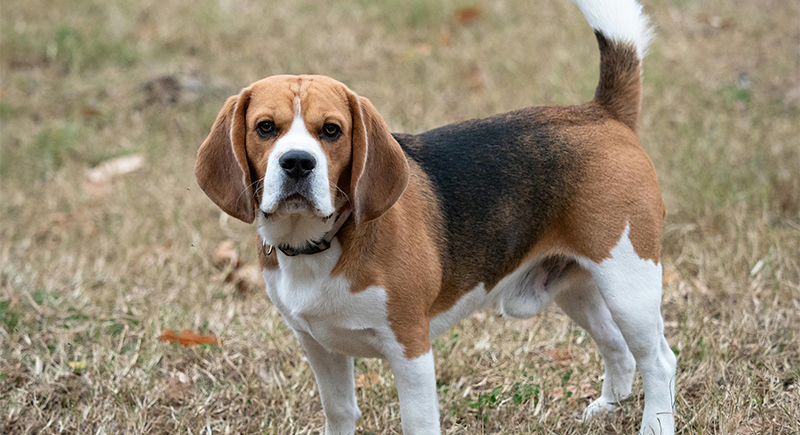
Credit: pexels
The Beagle’s signature howl traces back to its days in the field. Hunters relied on their loud voices to track progress during a chase. That same sound now echoes indoors just as clearly. They bark at scents, restlessness, or just to connect. Sometimes, basic distractions can also set them off.
Maltese
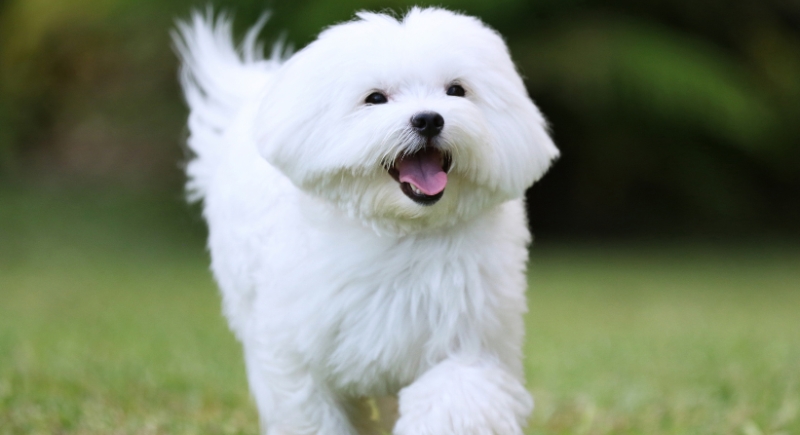
Credit: Getty Images
This breed tends to treat the home like its own small kingdom. Even soft noises or new visitors prompt a sharp bark that’s hard to ignore. They were bred for companionship and have thus developed a habit of staying alert to everything nearby.
Dachshund
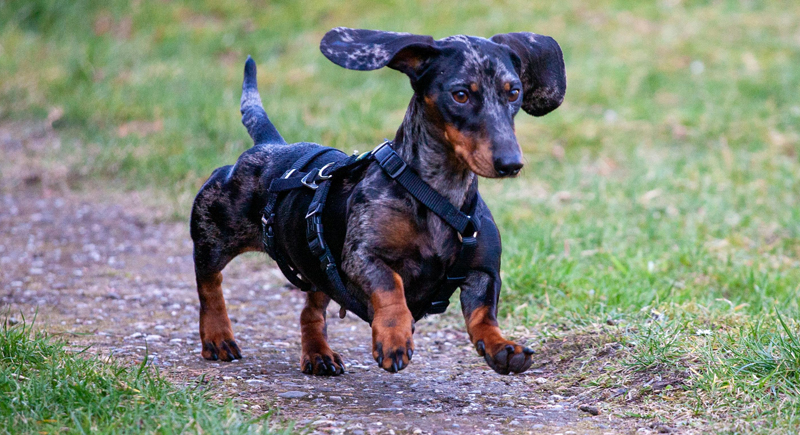
Credit: pexels
Their bark sounds too powerful for their size, but it makes sense underground. Dachshunds were bred to pursue badgers through tight tunnels, and that drive continues to play out indoors. Movement outside a window or a knock on the wall triggers full-volume barking.
Chihuahua
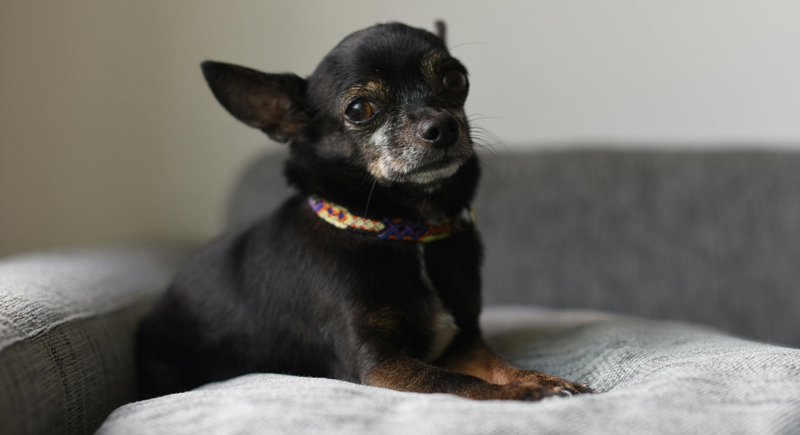
Credit: pexels
A reactive temperament combined with intense loyalty means constant outbursts. Strangers, loud sounds, or shifting environments all bring out their bark. They develop strong bonds with their people and feel personally responsible for keeping everyone “safe.” This can lead to a flurry of yaps at anything unfamiliar.
Scottish Terrier
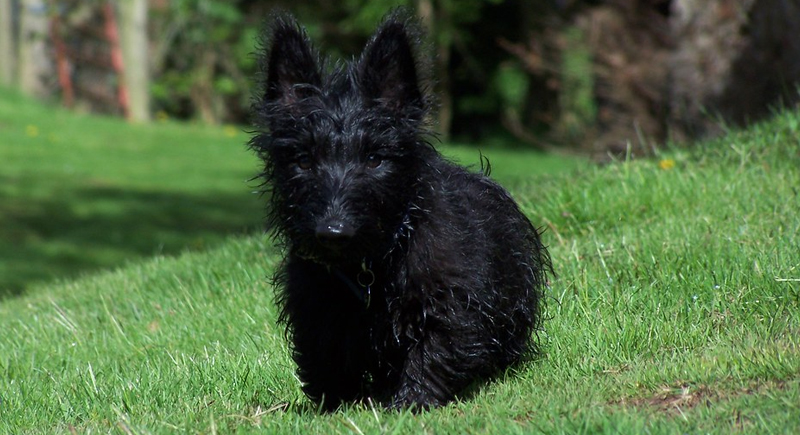
Credit: flickr
They don’t ask permission before responding to what they hear. Doorbells, footsteps, even distant conversations might draw an instant bark. Their sound has a distinct punch and cuts through space. Scotties are confident and don’t hesitate to announce a decision. They aren’t easily distracted once they lock onto something.
Siberian Husky
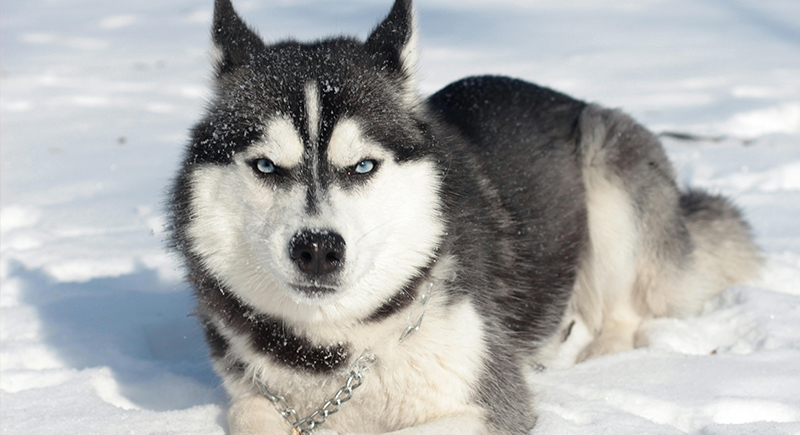
Credit: pexels
Huskies vocalize through howls, whines, and exaggerated “talking.” At home, it shows up as consistent background chatter, especially when they’re bored or left alone. Regular mental engagement reduces the volume, but you’ll never quiet it down entirely.
Pomeranian
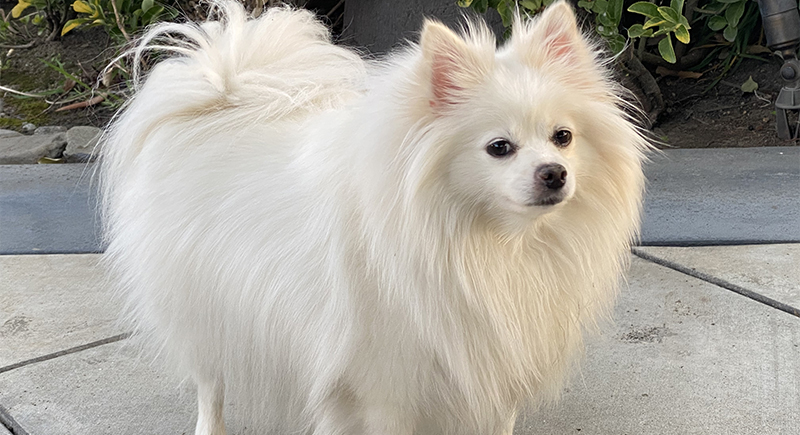
Credit: Wikimedia Commons
Sharp barks, quick reactions, and a watchful personality define how this breed responds to its surroundings. Despite the small size, they seem to think they’re guarding a fortress. People walking by, distant knocks, or rustling bags can spark a reaction. Once they start, calming them down takes patience. The energy fueling their voice needs an outlet.
Miniature Pinscher
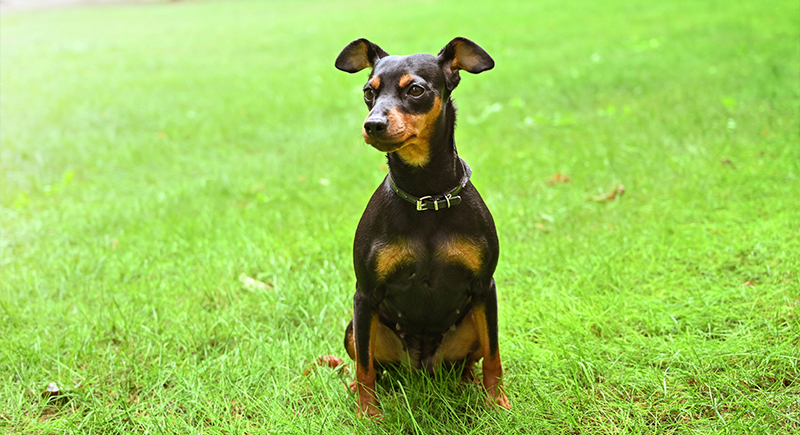
Credit: pexels
If Min Pins feel ignored or under-stimulated, they turn to barking for activity. Their watchdog instincts kick in fast and often. Routine helps reduce unnecessary alerts, but they’ll always lean vocal when deciding how to react. Remember, changes in the routine or a new sound draw an immediate response.
German Shepherd
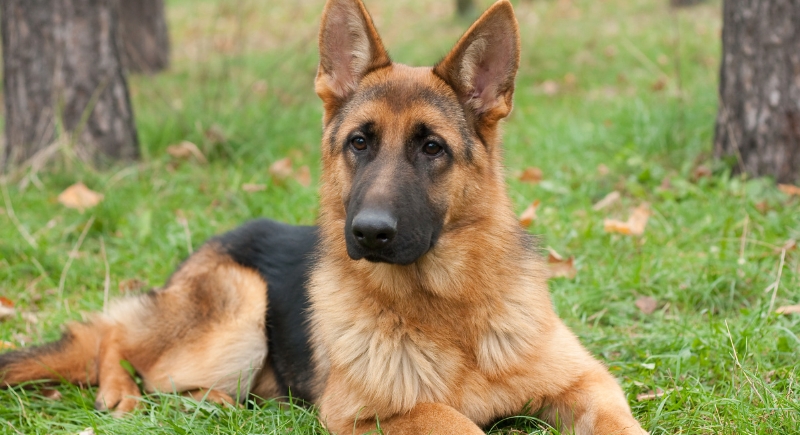
Credit: Getty Images
This is a working breed with instincts that still run close to the surface. Their bark serves a purpose: controlling situations, managing territory, or responding to perceived threats. It’s a deep, commanding sound that makes people stop and listen. Without clear boundaries, they may start barking at passing cars, unfamiliar voices, or even loud music.
Basset Hound
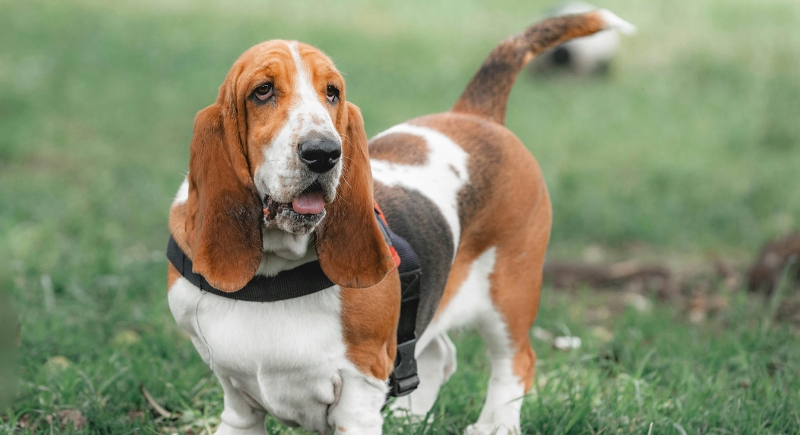
Credit: pexels
Tracking a game through dense brush required sound. The Basset Hound’s slow, heavy steps were paired with a deep, echoing howl to help hunters locate them. That voice remains part of their behavior, mainly when bored, under-stimulated, or simply following an interesting scent.
Doberman Pinscher
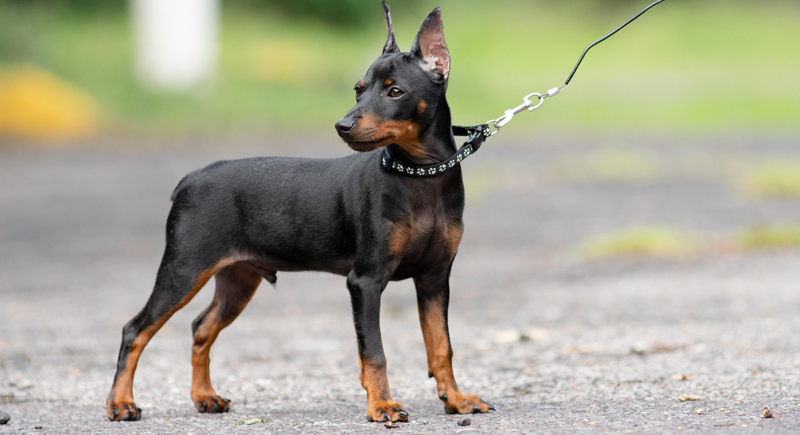
Credit: Wikimedia Commons
First developed in 19th-century Germany by a tax collector named Karl Friedrich Dobermann, this breed was created to be protective, alert, and responsive. That legacy still shapes their behavior today. Visitors or changes in routine often bring a fast response. With training, they respond better to cues, but they’ll never stop taking security personally.
Rottweiler
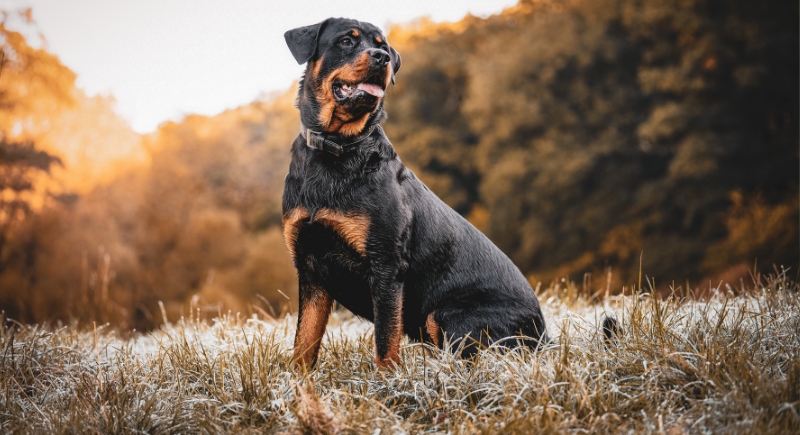
Credit: pixabay
Rottweilers have long evolved from guard dogs into confident, capable working breeds with a strong sense of territory. Their bark reflects that lineage—low, steady, and meant to deter, not provoke. A well-trained Rottweiler uses its voice purposefully by saving it for moments that truly demand attention.
Bichon Frise
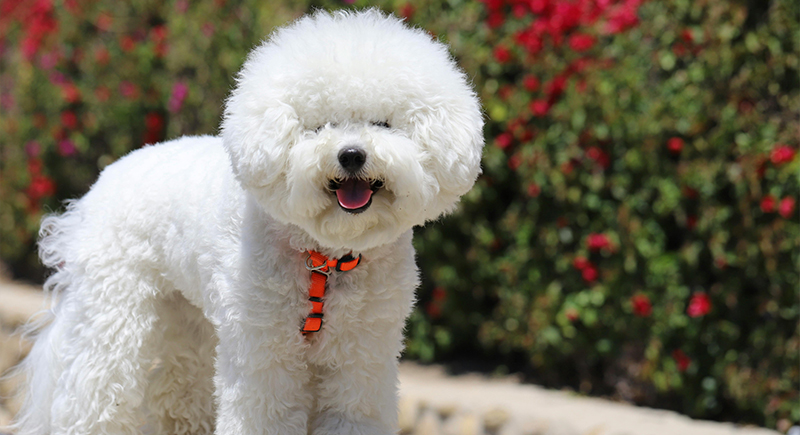
Credit: pexels
This breed tends to stay loud when under-stimulated. Isolation or a disrupted routine can lead to nonstop noise, often high-pitched and repetitive. They’re not aggressive, just easily triggered and eager for interaction. A knock at the door or rustling paper might be enough to start a vocal session.
American English Coonhound
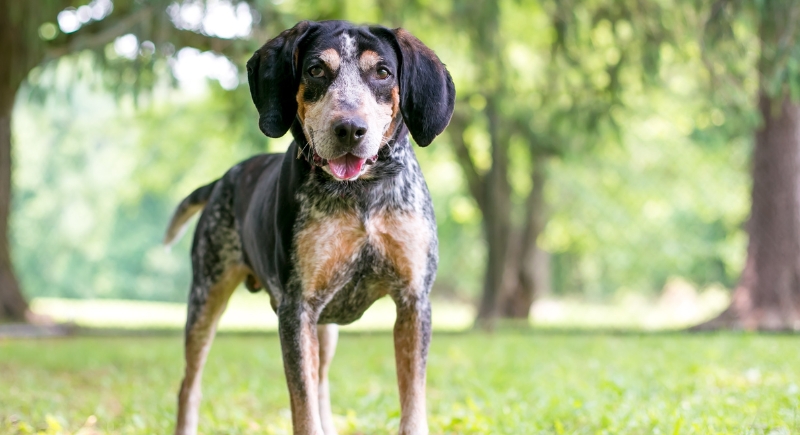
Credit: Getty Images
Outdoors, their voice was designed to carry over hills and woods. Indoors, that same ringing bark can overwhelm a small space. This breed barks to alert, express boredom, or simply because it has seen some movement. The habit is deeply ingrained, passed down from generations of tracking work.
Australian Shepherd
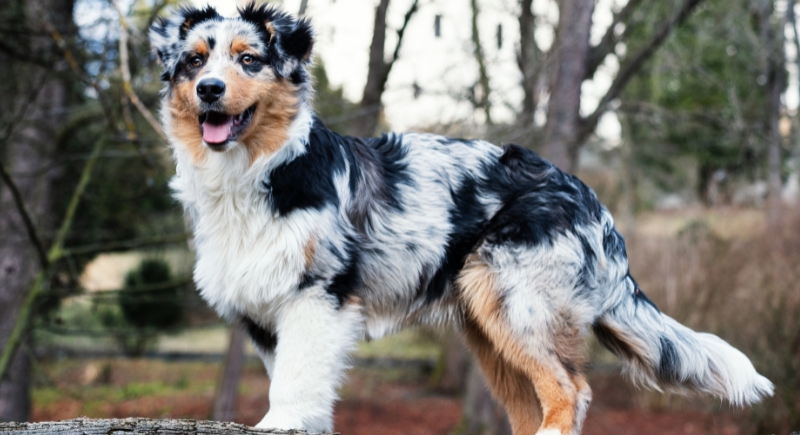
Credit: Getty Images
With a strong herding background, these dogs feel compelled to respond to activity. Barking becomes their go-to behavior when things change around them. They react to kids playing, doors opening, or anything that seems off.
Miniature Schnauzer
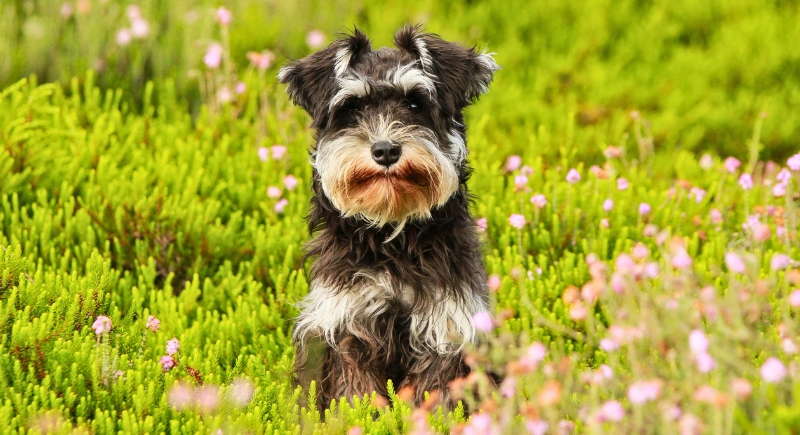
Credit: pixabay
Miniature Schnauzers might be small, but they’ve got a bark that punches above their weight. Originally bred to chase rats and guard the farm, they’re wired to sound the alarm at the slightest provocation. Mail carrier? Bark. Passing cloud? Bark Bark. They don’t just notify, they loudly narrate. Living with one means accepting that silence is a rare and suspicious event.
Yorkshire Terrier

Credit: pexels
y may look like they belong in a designer handbag, but a Yorkshire Terrier’s bark says otherwise. Originally bred to catch rats in noisy textile mills, these tiny dynamos have no off switch. A creaky floorboard or distant car door is enough to set them off. Their bark can be loud and relentless, and they have zero chill about announcing everything.